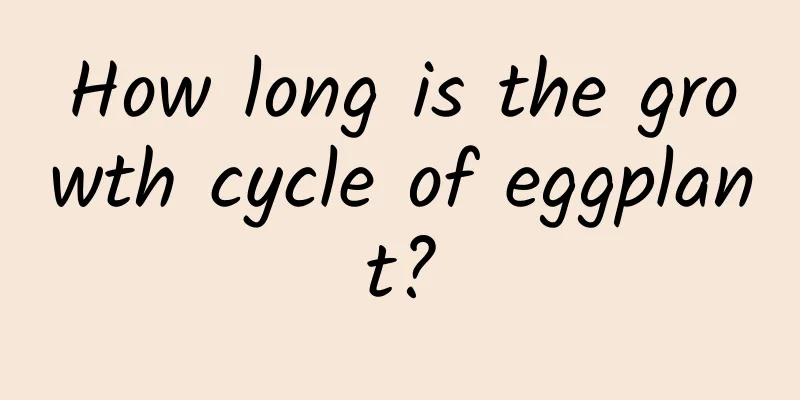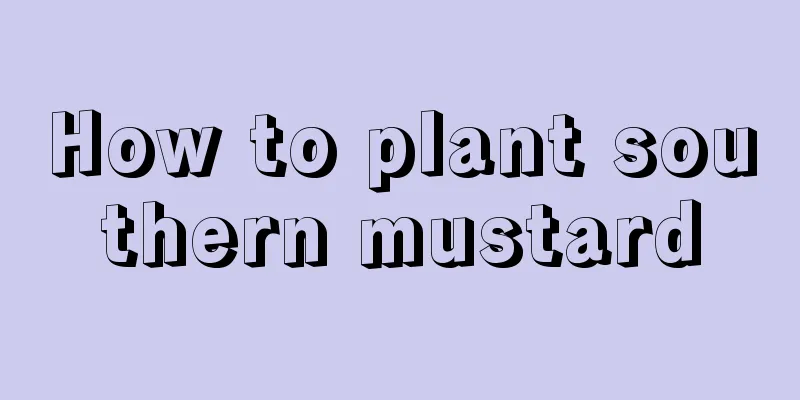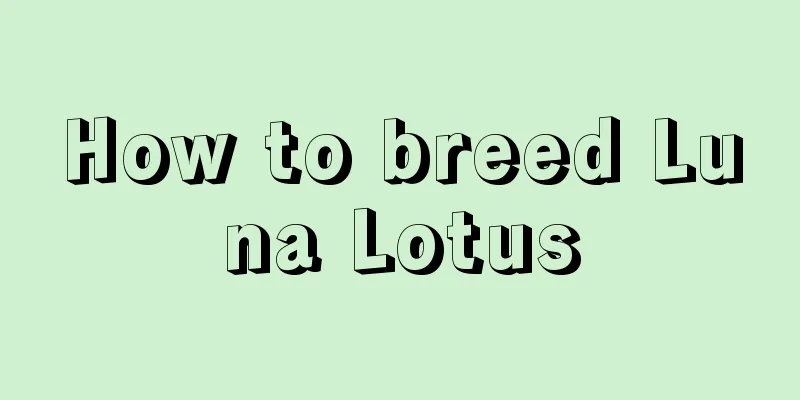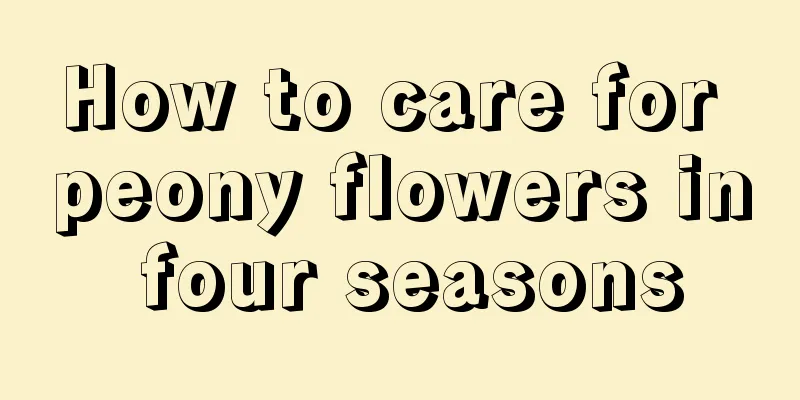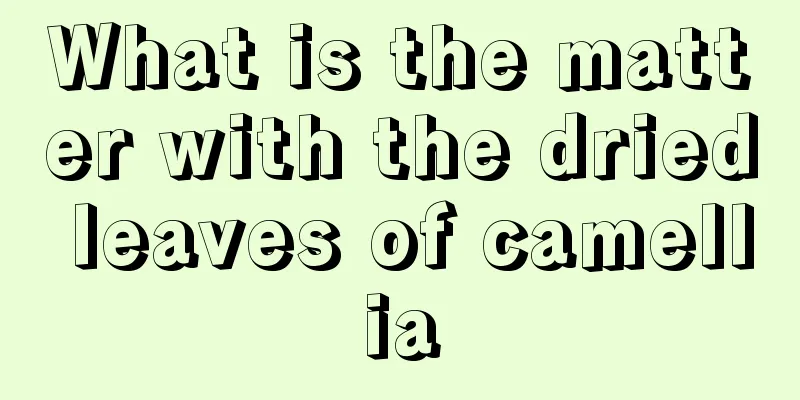The correct way to use egg shells to grow flowers (can egg shells be directly placed in flower pots to plant flowers)
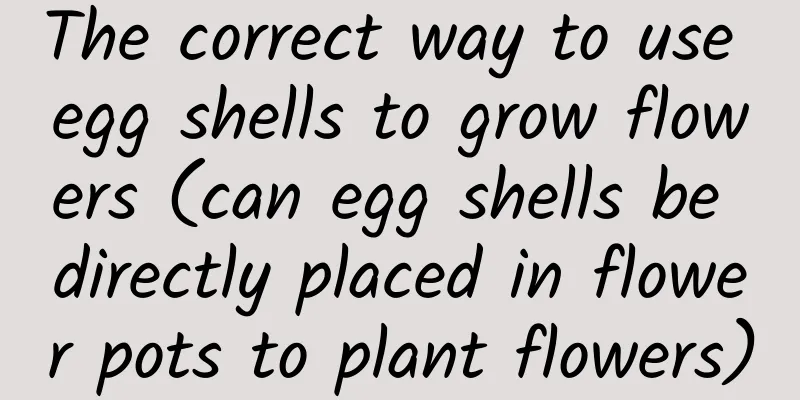
Can egg shells be used to grow flowers?Flowers and plants are just like people, and their growth cannot be separated from nutrition. There are many kinds of fertilizers that we often use for growing flowers, including granular, powdered, and water-soluble fertilizers; there are fast-acting fertilizers and slow-release fertilizers. In addition to chemical fertilizers, there are also some organic fertilizers. No matter which one it is, the ultimate goal is to grow plants well and provide them with the nutrients necessary for growth. In fact, we have natural organic fertilizer in our lives, that is, the egg shells laid by hens. I include it in the organic fertilizer because it is so easy to use. We often eat eggs, but egg shells are usually thrown away as garbage. Some people use egg shells for compost, but if used improperly, these egg shells will become a bane to flower cultivation. Because I found that some friends just throw the whole egg shell into the soil, or bury it directly in the soil as compost, but this is easy to breed bacteria and insects. Unprocessed egg shells will have egg white left, which is easy to stink, breed insects, and easily cause fungi. The multiple functions of egg shells in growing flowers1. Neutralize the acidity of the soil In the southern part of the country, if the soil is too acidic, it is definitely not good for growing plants. At this time, many people will use quicklime. When growing flowers and vegetables, or planting crops, quicklime is often used. Its main component is calcium oxide. Eggshells can be a good substitute for quicklime, which can reduce the acidity of the soil. Eggshells are now classified as organic fertilizers, with a nitrogen, phosphorus and potassium ratio of 1.2:0.4:0.1 . Although eggshells provide very low levels of nitrogen, phosphorus and potassium, they are a major source of calcium, which can provide nutrients to plants and neutralize acidic soils. 2. Eggshells as soil conditioner So how do we determine whether eggshells can increase calcium? This requires us to test the soil regularly to check the calcium content in the soil. If the soil is slightly acidic, in order to ensure better plant growth, you can regularly add some calcium to the soil. People usually use bone meal, but egg shells can actually be used instead. Of course, some plants prefer slightly acidic soil, so you should avoid adding eggshells at this time. These include common roses, gardenias, jasmines, camellias, azaleas, blueberries and other Asteraceae plants . When planting these flowers, do not add alkaline substances, including eggshells. If you have tomatoes, eggplants or other nightshade plants at home, a lack of calcium during the flowering period can easily lead to flower or fruit rot. This can be avoided by adding eggshells to the soil ahead of time. Eggshells are one of the best natural sources of calcium. In other words, eggshells can become very good soil conditioners, which can increase the calcium content in the soil and prevent flower rot during the flowering period. Of course, you also have to make sure that you use it correctly, which is to scald the eggshells with boiling water, then dry them and grind them into powder. It is best to crush the eggshells into fine powder smaller than sand. After being ground into powder, the effect is more effective than quicklime and can provide plants with very good calcium . In short, eggshells that are not cleaned and dried, or ground into powder , will decompose very slowly and cannot be used as soil improvers. Only by grinding them into powder and mixing them with the soil can they increase the calcium content in the soil and thus play a role in fertilization. Adding calcium to the soil can protect plants from root rot and lodging, as well as fungal infections such as leaf spot. 3. Eggshell composting Eggshells are very suitable for composting. In the minds of ordinary people, compost will definitely emit a bad smell and even make people feel nauseous. Some friends do not do a good job of sealing when composting, and it is easy for insects to run in. If there are bugs in the composting process, it means that the sealing is not done properly and flies or other insects have laid eggs in it. When composting, it is best to prepare a compost bucket with drainage holes at the bottom. The drainage holes should be blocked with gauze to prevent insects from getting in but allow water to drain out. The top must be covered with a sealed lid . During the composting process, you need to open it regularly, stir it evenly, and keep the compost moist and oxygenated without stagnant water. This is to ensure that the temperature in the compost is high, and regular stirring ensures that there is oxygen, which can accelerate the composting and fermentation. Before mixing the eggshells into the compost, you can wash them, dry them, grind them into small pieces or powder, and then mix them into the compost to increase the calcium content in the soil . Be careful here. Do not put the entire eggshell into the compost, and do not put the eggshell with egg white in it, otherwise it will emit a disgusting odor and easily attract various insects and even rats. Precautions for growing flowers with egg shells① It is not recommended to use raw egg shells directly as they contain egg white and bacteria, which can easily attract insects and germs to the flower pots . I recommend that you keep the egg shells left over from hard-boiled eggs. They have been sterilized at high temperature and can be used directly. If you really need raw egg shells, you should wash and dry them, and it is best to tear off the white membrane to avoid bacteria. Or boil them in boiling water. ②Chop the egg shells into small pieces. If you like powdered form, you can also use a grinder to grind them into powder. I personally prefer to use this kind of fragments, which can better adjust the pH of the soil, make it more breathable, and especially improve the problem of garden soil compaction. Flower lovers can try it. ③Pay attention to the correct usage method 1) Can be used as fertilizer You can put egg shells in water and put them in a container for fermentation. It usually takes about 3 months. When the water is no longer smelly, it means it is fully fermented. Dilute it with water and water the flowers. This is more troublesome, and I can't stand the stench. For a lazy person like me, don't try it. . . 2) Bury directly in the soil It is best to keep it a little away from the roots to avoid fermentation and root damage. I do not recommend that flower lovers spread it on the potting soil. Not only is the fertilizer effect slightly worse, it is also easy to attract insects. It is better to bury it in the soil. Do not expose the eggshell on the surface, and you can also add some soil. |
Recommend
What causes orchid leaves to turn yellow?
1. Insufficient nutrients 1. Reason: If you forge...
What fertilizer should be used to make bougainvillea bloom? When should bougainvillea be fertilized?
1. What fertilizer to use If you want to make Bou...
Can passion fruit be grown hydroponically? How to grow passion fruit hydroponically?
Can passion fruit be grown hydroponically? Passio...
The efficacy and function of Yunnan Lithospermum officinale
Effects As a traditional Chinese medicine, Yunnan...
The difference between Silver Princess Waxwood and Golden Edge Boxwood
1. Difference of blades The leaves of the silver ...
How to save seeds of hyacinth
Hyacinthus seeds introduction Hyacinth has seeds....
The difference between Peperomia and Jasper
1. Difference In fact, Peperomia paniculata is a ...
The main value of Brazilian iris
The ornamental value of Brazilian iris The flower...
The Flower Language of Camellia
1. Careful, humble and caring When the flower fad...
Can mangoes be grown in Guangxi?
Can mangoes be grown in Guangxi? Mangoes can be g...
Can compound fertilizer be used for succulent plants?
1. Can it be used? Succulent plants can use compo...
Introduction to the flowering period of different varieties of grapes, how long is the flowering period of grapes
1. Introduction to flowering period of different ...
How to propagate trumpet creeper by cuttings and precautions
Trumpet creeper is also called purple trumpet, fi...
Common species of red yew
Yellow-budded red yew The yellow-bud red Ruimu is...
The cultivation methods and precautions of Buddha's hand
The cultivation method of Buddha's Hand Gold ...

